
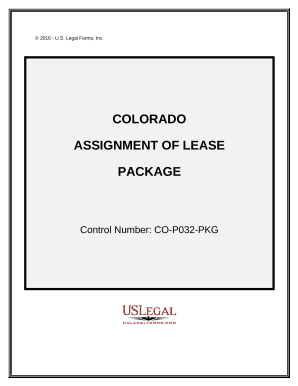
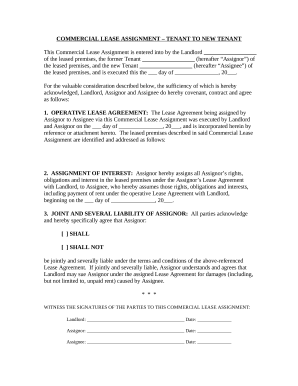
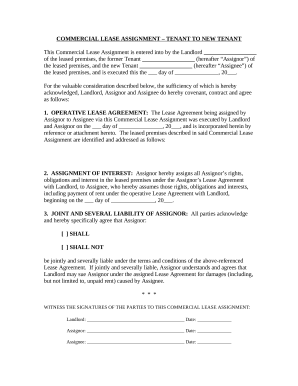
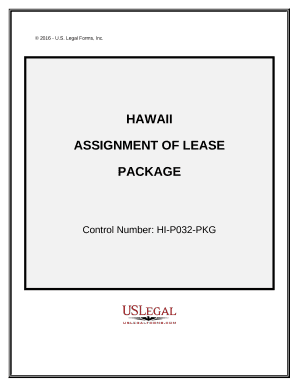
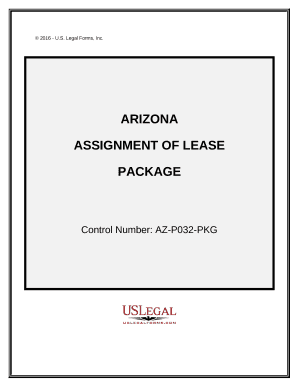
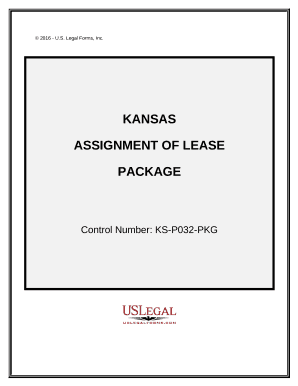
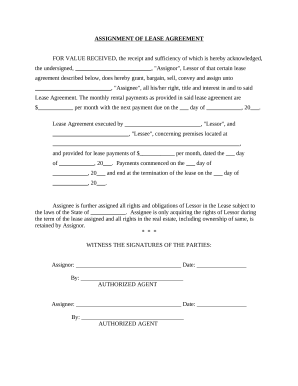
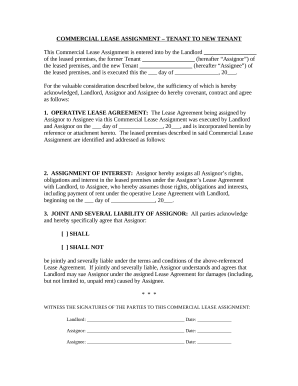
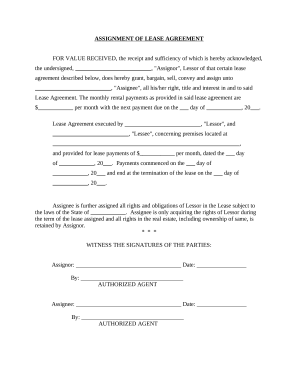
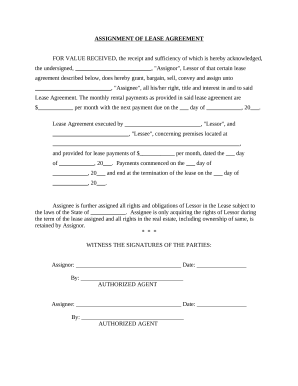
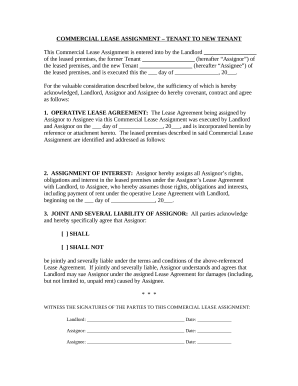
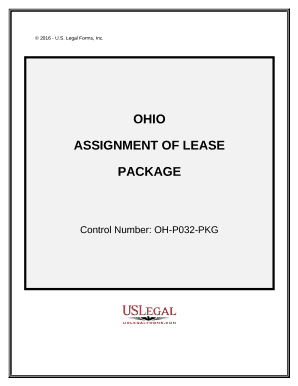
Your workflows always benefit when you can get all of the forms and documents you need at your fingertips. DocHub offers a vast array of form templates to ease your day-to-day pains. Get hold of Landlord Tenant Assignments category and quickly find your form.
Begin working with Landlord Tenant Assignments in a few clicks:
Enjoy seamless form managing with DocHub. Discover our Landlord Tenant Assignments online library and discover your form right now!